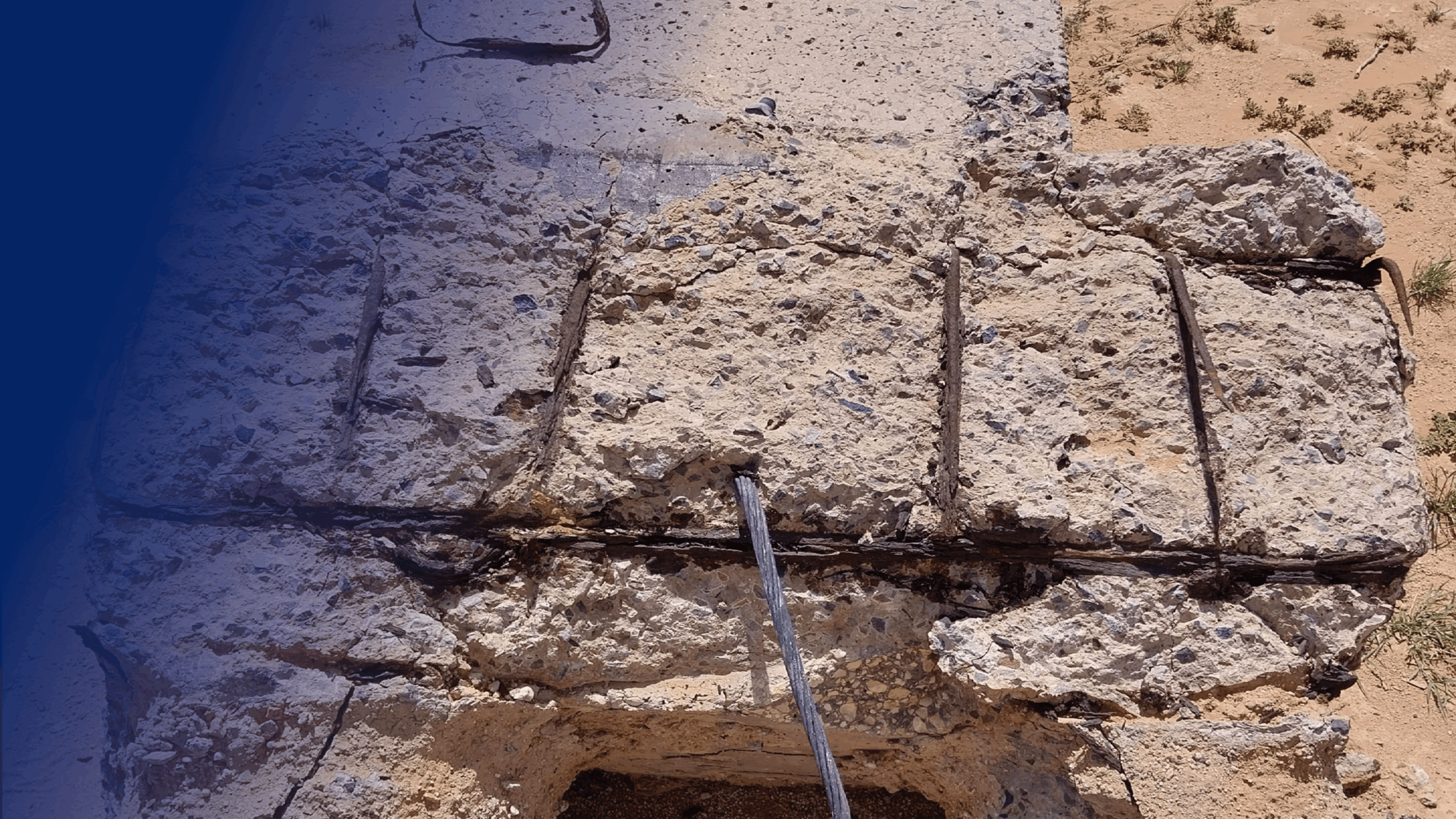Webinar | Case studies of concrete failure and damage diagnosis
Find out how to improve the overall lifetime of your concrete asset and reduce your maintenance costs through alternative repair materials and ageing management approaches. We discuss concrete failure cases and emphasize
on the non-destructive strategies that help you assess the actual condition, determine the extent of damage, and decide on the repair strategy.
Programme
Part 1: Case studies of concrete failure and how to assess impact on the asset
We showcase real-world examples of concrete failure resulting in major impact or complete loss of assets. These include a collapsed electricity transmission tower, impact damage on the concrete foundation of a windmill after a rotor failure, and concrete cracking in an underground gallery. A range of non-destructive testing techniques addressing these failures are presented, highlighting the benefits of the techniques in assessing impact, overall risks to safety, and any subsequent or potential damage.
Part 2: Case studies of concrete ageing and how to assess current condition
We discuss cases where concrete damage may not have immediate detrimental effects on the asset, for example wall thinning in cooling water circuit concrete pipes, delamination in the concrete basement of a machine room. In these cases, the various presented non-destructive testing techniques help us to quickly, reliably, and accurately find out where the damage has occurred and its extent. This helps you decide decide on whether a repair is required and, if so, the type and extent required, avoiding unnecessary costs and assuring an extended life time.
Part 3: Self-healing concrete as an alternative repair solution
Self-healing concrete has the capacity to autonomously fix cracks occurring due to external loading or exposure to aggressive environments. In addition to sealing cracks, it also partially or entirely recovers the mechanical properties of structural elements.
An ageing management approach — including regular inspections — reduces risks, leads to a better understanding of the ageing phenomena causing concrete failure, and ensures that concrete structures last longer.
Using self-healing concrete where ageing phenomena are detected can save around €1 million per structure for every 12 to 24 year period, when compared with more traditional repair solutions.

Want to watch the webinar?
What happens to my personal data?
This form collects a small quantity of personal information to help ENGIE Laborelec better understand the needs and areas of interest of its audience, and adapt the company’s offer of webinars, training courses and technical services. In some very limited circumstances, we may use it to contact you with carefully selected content which we think may be helpful for your business or activities. Personal data will be treated according to the ENGIE privacy statement and will be deleted after 12 months.